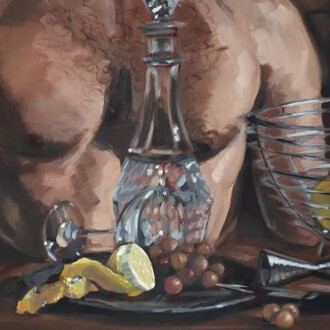Scientists use models to better understand the real world, and visitors to this exhibit can use a wide variety of physical, theoretical, and computer models to learn about and practice with some of the basic tools employed by scientists.
Models represent physical objects, but they also help conceptualize phenomena, systems, processes, and abstractions. They take the place of other objects to help us understand them better than we would if they stood by themselves.
In Making Models, engage in activities that identify, use, analyze, and even create models. Compare and contrast nine different models of the human heart, each one emphasizing certain properties and excluding others. Create a mental model of a scene based on clues from hidden objects, or join friends to use software that explores the nature of cooperation and competition. Observe what a computer game about money and a plastic grasshopper have in common, and see why a dollhouse, a plastic architectural model under polarized light, and a computer simulation are all considered models.
















